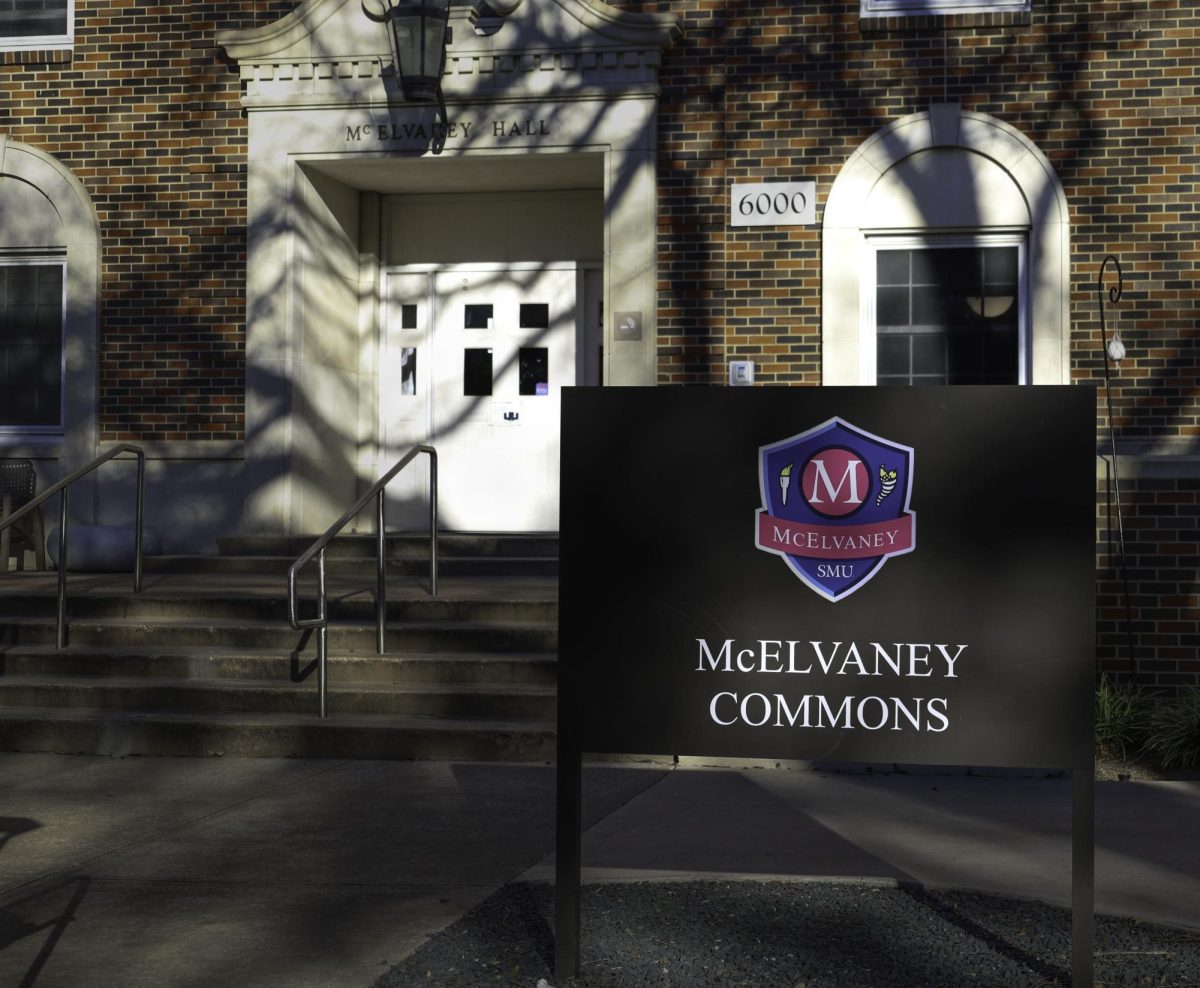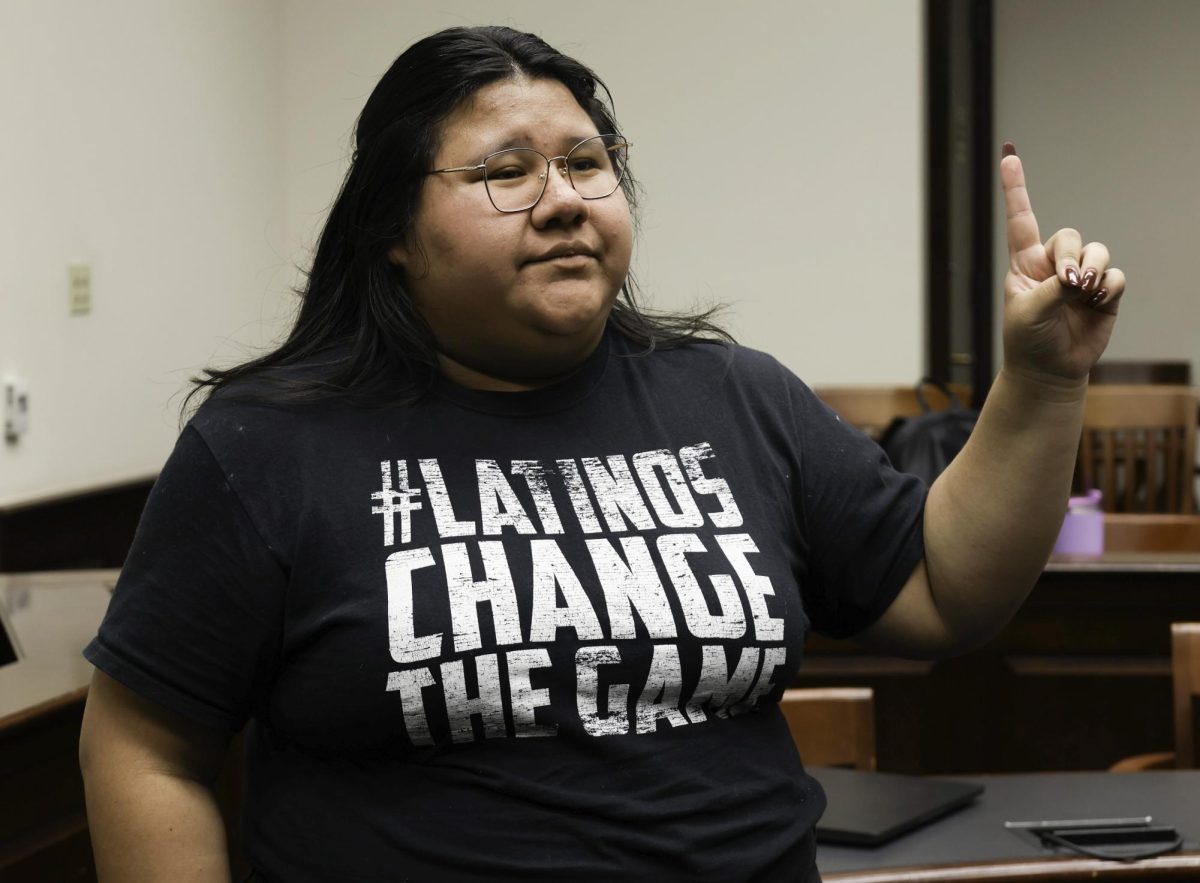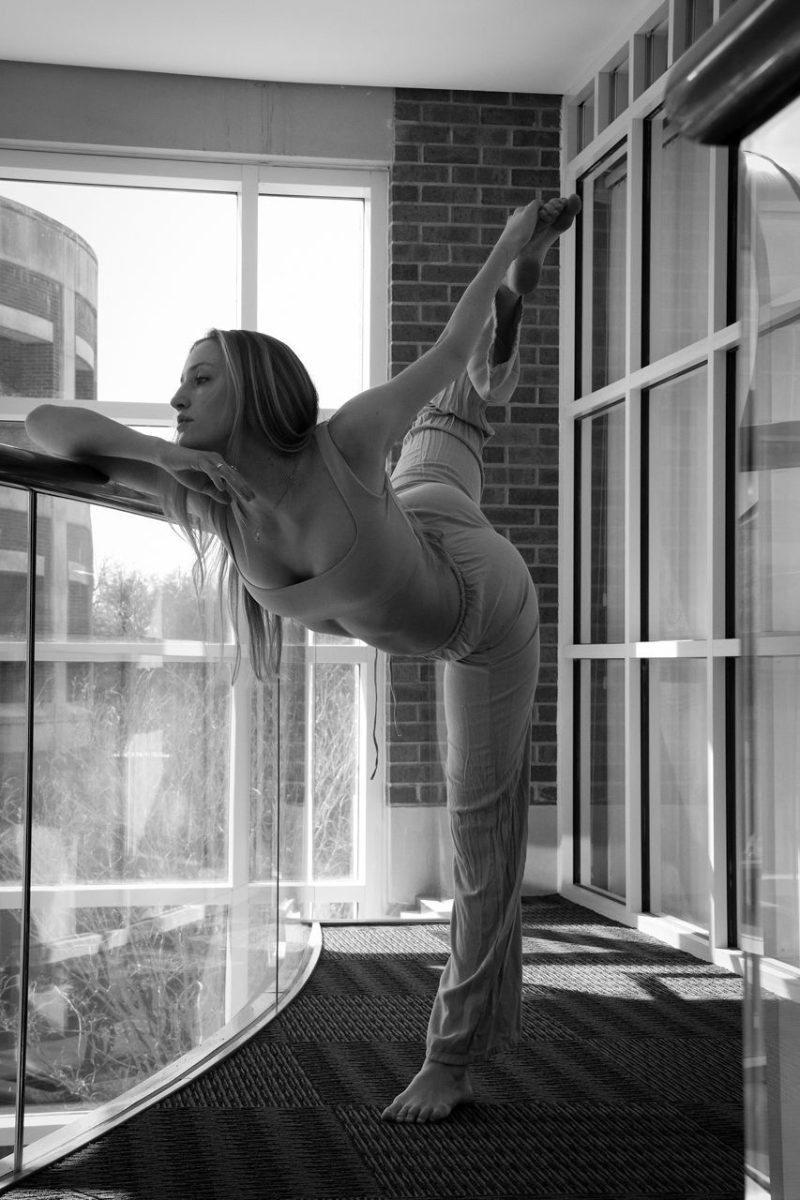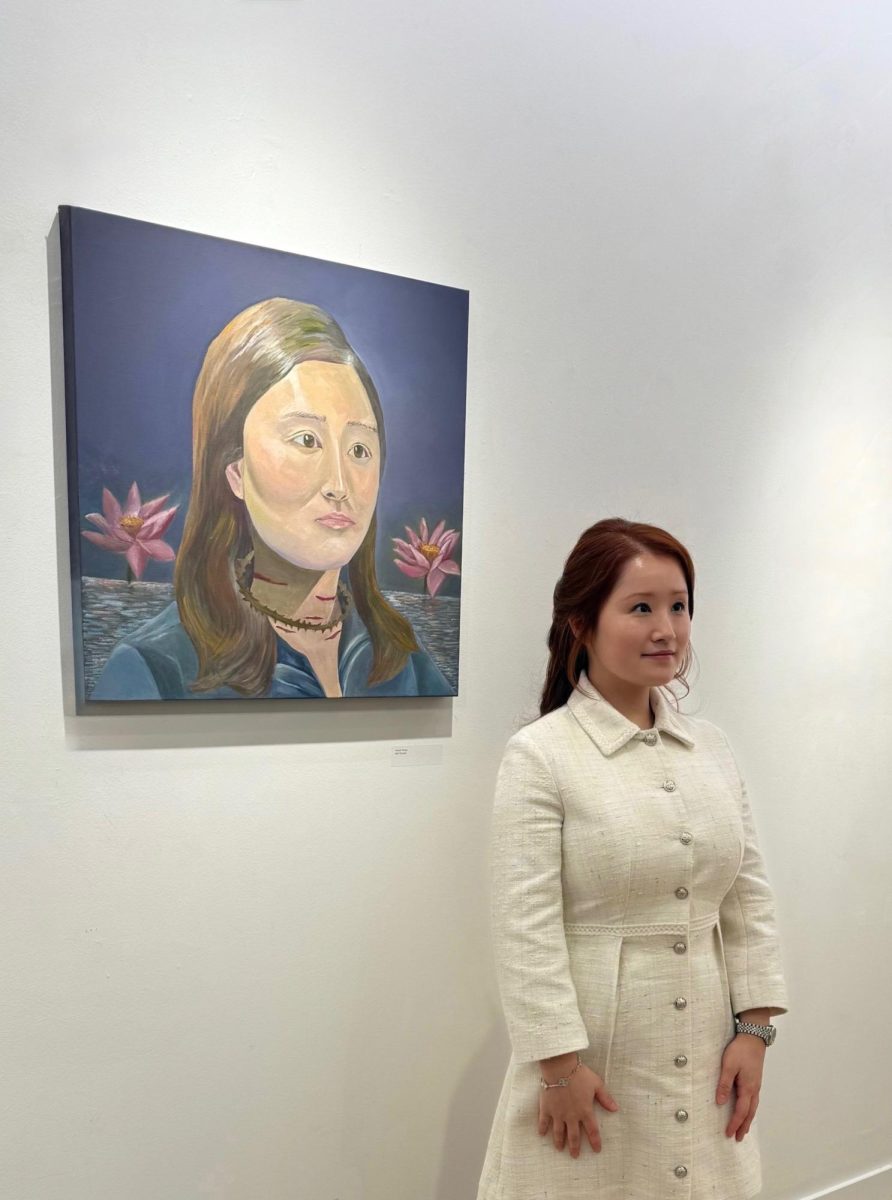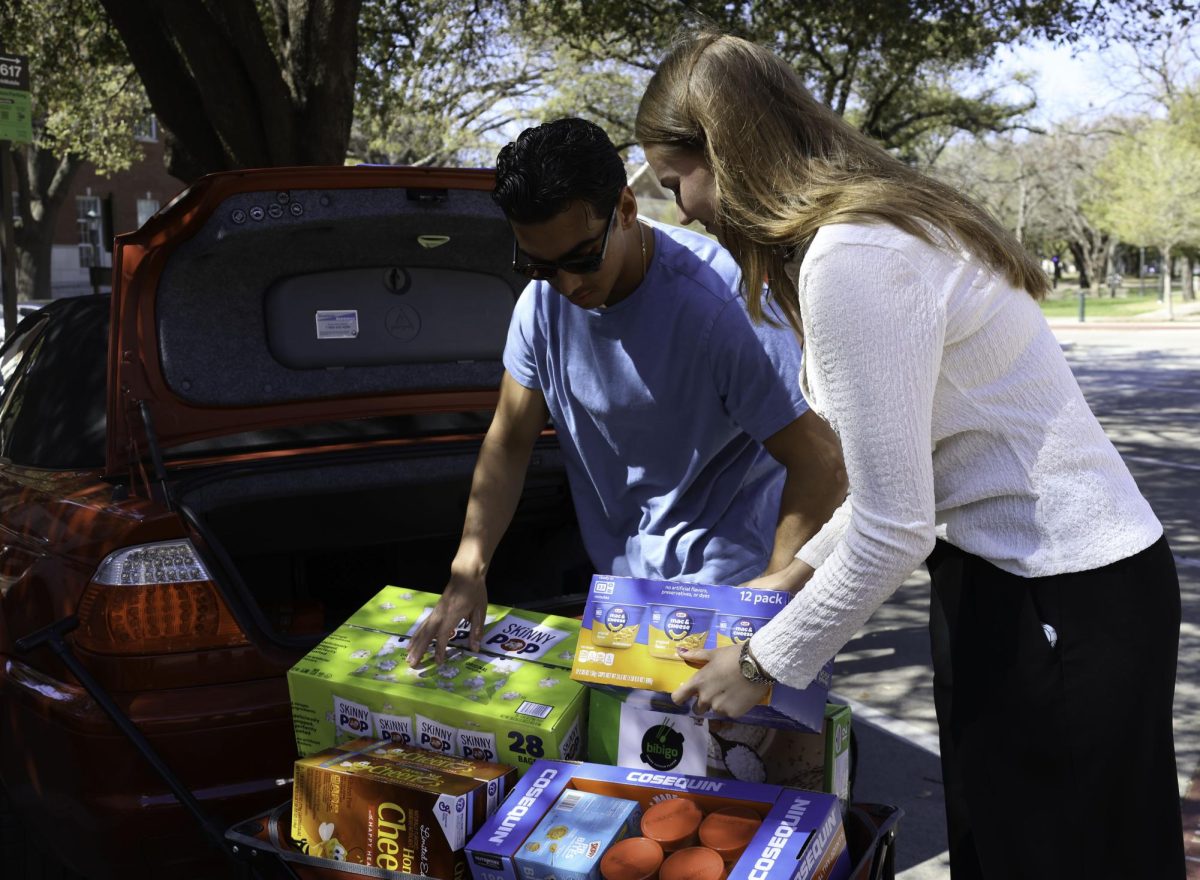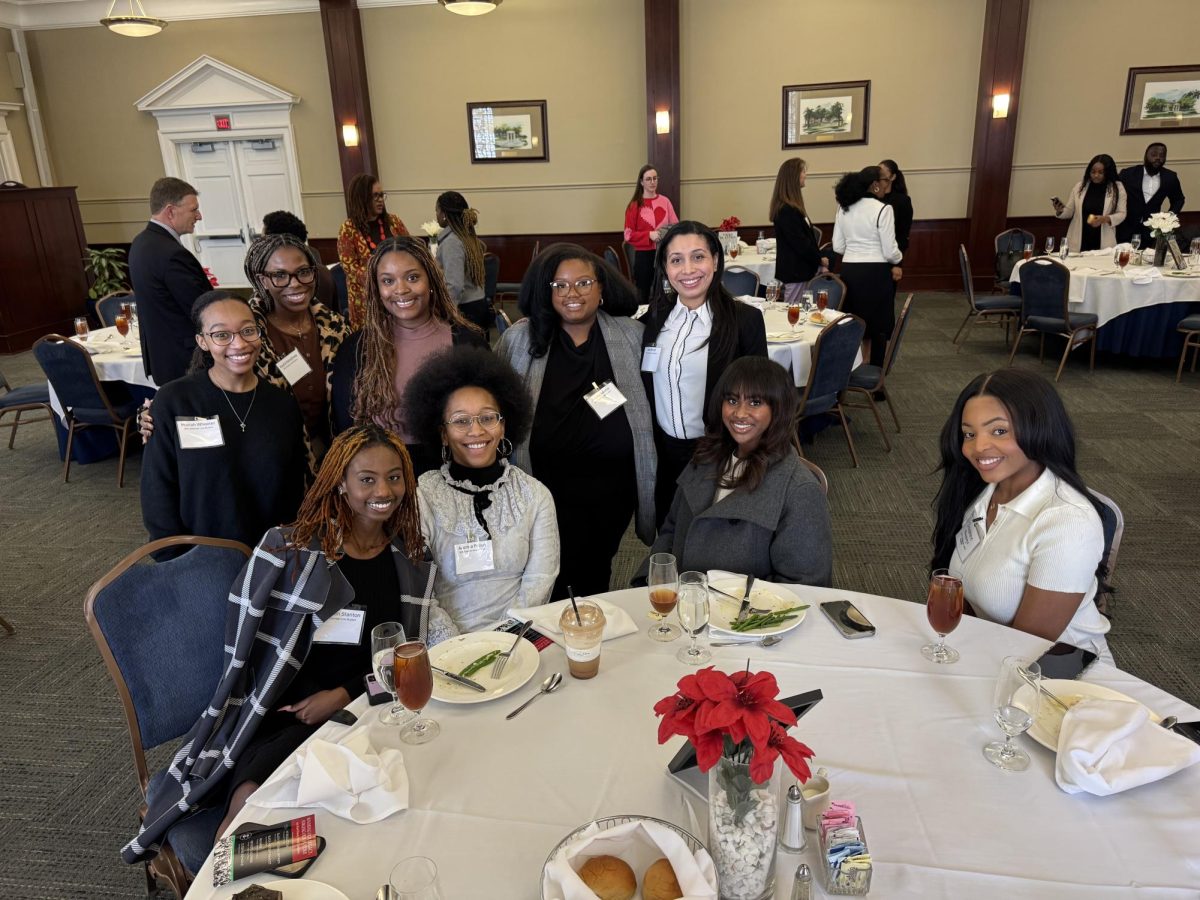SMU’s Residence Life and Student Housing (RLSH) prides itself on the community found in its residential commons system, which most underclassmen call home for two years. There are many housing options at SMU, but in an era of growth and an increased demand to live on campus, students are trying to find their way through it all.
The residential commons system was established in 2014. The purpose of the Residential Commons was to merge academic, social and residential life to create a space of belonging. Students are randomly assigned to one of the 11 Residential Commons when they apply for housing their freshman year and typically stay in the same commons for the two-year living requirement.
“I think it’s crucial to building a sense of community because I don’t think I’d have the amount of friends I have now or the network that I have now if I wasn’t required to live on campus,” said Grace Burno, a sophomore resident in Kathy Crow Commons. “It kind of forces you to put yourself out there and get involved.”
Each commons has its own identity, special traditions and annual events. They also have a Residential Commons Director (RCD) and Faculty-in-Residence (FiR) who live in the building, host events and cultivate a community.
Sophomore Diya Shah, serves on the Boaz Commons Council, which acts as a governing body of students who plan events, host weekly meetings and address student needs at each commons.
Shah says her FiR, Jack Levison, a theology professor, plays a vital role at Boaz.
“He makes everyone feel very welcome,” Shah said.“He’s very warm when you first meet him. He baked cookies and would go to each freshman, talked to them, got to know them and offered them a cookie.”
A beloved Boaz tradition is Boaz Break, hosted by Levison and his wife Priscilla every Sunday evening.
“It’s just always fun from 7 to 9 p.m. seeing the lobby all filled downstairs,” Shah said. “It’s very homey talking to your friends and new people.”
In McElvaney Commons, freshmen roommates Brooke Bjerke and Emma Miller are grateful for the friendships they’ve formed with other residents.
“Some of our best friends are people that live in McElvaney, and I would’ve never met them if we hadn’t lived here,” Miller said.
Bjerke and Miller attribute their Residential Assistant, Benji Omoregbe, as a highlight of their commons.
“I think RAs are so important, and he’s always made sure we’ve felt safe and welcomed,” Bjerke said.
McElvaney has been referred to as ‘Trapelvaney’ by some students and has a negative image due to its old age and building conditions, but Miller and Bjerke disagree with the term.
“It’s a little old, but why hate on something for it being old,” Bjerke said.
Bjerke and Miller have found a sense of belonging in McElvaney Commons and are proud to call it home.
“I love it and I really wouldn’t want to be anywhere else,” Bjerke said.
Burno is in her second year living in Kathy Crow Commons and reminisced about hanging out in the common areas her freshman year. She said Sundays are also her favorite day with her FiR, lecturer and area chair for the Italian program, Daniele Forlino, Ph.D., because he brings breakfast for students.
“I think every college student loves when free food is available,” she said.
Kathy Crow Commons is known for Crowchella, an event named after Coachella. Instead of a multi-day music festival, students put on a talent show. Past Crowchella events featured performances from SMU Belle Tones, SMU Southern Gentlemen and Mustang Mavericks, bringing out more than 200 people.
Crow Commons opened is among the newer Residential Commons, and students debate whether the older or newer commons are better.
Burno stayed in Cockrell-McIntosh Commons, which is older, last summer, and said the differences were noticeable.
“It’s just really outdated compared to the newer ones,” Burno said. “The hot water would always go out and I was just there in the summer so I couldn’t imagine living there for [multiple] semesters.”
That doesn’t mean that the newer commons aren’t without their challenges. “Only three of our dryers work, so it kind of forces people to take people’s clothes out, and then there’s clothes everywhere,” Burno said. “It gets really hard to do laundry.”
However, SMU has responded to the complaints by renovating older buildings. Virginia-Snider Hall, built in 1926, is the first Residential Commons to undergo an estimated $31 million makeover beginning this May.
“We’re excited to celebrate the reopening of Virginia-Snider Hall in Fall 2026, which will further enhance the Commons experience,” Dr. Aramis Watson, dean of RLSH, said in a statement.
News of the renovation sparked rumors around campus that the two-year on-campus living requirement would be reduced to one year since housing will be reduced by about 256.
“There are no plans to change the two-year live-on requirement,” Watson said. “It remains a key part of the SMU residential experience, fostering community while supporting students’ growth.”
The housing application process will also remain the same, with a new exemption process for rising sophomores to live off-campus starting in the 2025-2026 academic year. According to RLSH’s website, students who meet the eligibility criteria, “must first apply for housing, then request to be included in the ‘draw’ for exemption to live off-campus.”
On-campus housing at SMU has provided many students with communities and friendships that they feel they couldn’t find anywhere else.
“I love how the commons are very personalized,” Shah said. “I don’t think I could go to a school that didn’t have the residential life of SMU.”
Housing Costs & Demands
When Angelica Barrera transferred from Dallas College last spring, she applied for housing even though it wasn’t required.
Barrera was placed in McElvaney Commons for her first semester at SMU and enjoyed having a built-in community to immerse herself in student life. For her junior and senior years, Barrera had the option to stay home but felt that one semester would cut her college housing experience short, so she decided to apply for Upper-Division housing.
“I was willing to take out a loan, or do a little bit more for the opportunity to fully be on campus,” Barrera said. “It’s helped me, I’m more involved.”
Upper-Division Housing is available to sophomores, juniors, and seniors. It includes six options: Martin House, Moore House, Smith-Perkins House, 3050 SMU Blvd, Thomas House and SMU Service House. Across the buildings, students can live in suite-style, apartment-style or traditional double and single rooms. Barrera chose Smith-Perkins House because it was the least expensive option at the time. But she said had sticker shock when the bill came.
“I get placed in Smith-Perkins and the price is completely different,” Barrera said.
Smith-Perkins underwent a $23 million renovation over the 2023-2024 academic year and opened this past fall. The price for a double room from Fall 2023 to Spring 2024 was $3,834. After the renovation and the annual increase in tuition and housing, it was $5,350, a 39.5% increase.
“Tuition is only going up every year, and they’re adding small fees that may seem small, but every dollar counts for some students,” Barrera said.
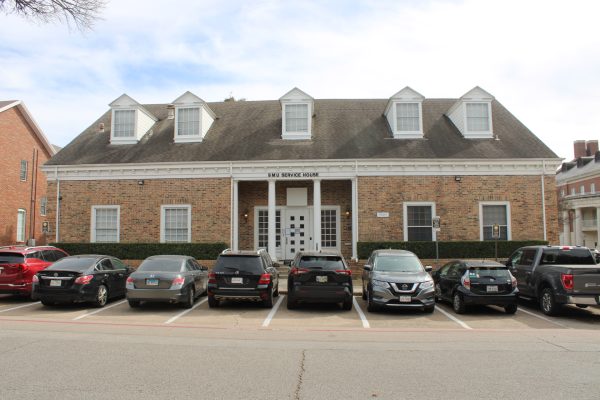
Barrera took her concerns to RLSH, and a staff member suggested she look at The SMU Service House (SMUSH). It’s the least expensive housing option within Upper-Division Housing, at $4,583 for a double room per semester for the 2024-2025 academic year. It also does not require a meal plan since a group kitchen is accessible. The Service House also requires residents to complete up to 20 volunteer service hours.
“I’d never heard of The Service House,” Barrera said. “No one ever told me about The Service House, so I was like, ‘Okay.’”
According to an email received by Service House residents, the building will no longer require service hours beginning in the 2025-2026 academic year, “as it is no longer meeting the needs of our campus population,” the email said.
Barrera was able to find additional funding to cover her expenses. Despite initial financial challenges, Barrera likes living in the house with only 27 other residents and participating in campus events.
“I’m more involved, I can go to events on a whim, and I don’t have to think about traffic,” Barrera said. “I know everyone in The Service House, which is another reason why I like it. There’s not that many students here, versus a bigger dorm.”
Navigating Problems
Like Barrera, Dakota Rose also had a problem and RLSH administration officials helped, eventually.
A junior majoring in theater studies and English, Rose has lived in Boaz, The Service House, Virginia-Snider and Martin House. The last three places she lived were all in her sophomore year due to health issues she began to experience while living at The Service House.
She noticed some water damage on her wall as well as a door that would not open. She started to experience headaches, severe laryngitis, brain fog and other cold and flu-like symptoms.
“I got really sick and had been really sick for most of the fall semester that I lived in The Service House,” Rose said. “I sent in a request again to have the water damage fixed. They came in and did a couple air quality control tests that came back as if nothing was wrong but I was sick, so something was wrong.”
Rose reported it to her RCD, who facilitated repairs to get the room repainted and checked for moisture. Rose has a paint allergy, so she requested emergency housing in Virginia-Snider during the repairs. A couple of days later, when Rose and her roommate returned to their room, she made a surprising discovery.
“This door that I was told didn’t open, opened into a supply closet that had old cans of paint and old carpet,” Rose said. “Things that construction teams just plain didn’t throw away that were being kept in a door that wasn’t sealed that led right into my room. I was breathing in all of that.”
Additionally, the fresh paint in her room was not aired out.
She reported the issues again and was moved twice, finally ending up at a “single in Martin,” Rose said.
Rose has lived off-campus since the beginning of the academic year, which has been a better fit for her with environmental allergies and the need for a kitchen.
For students who may go through similar situations in their housing environments, Rose suggests that RLSH should put in place a better way to communicate, either through a satisfaction survey or a RLSH official to speak with who isn’t affiliated with the student’s building.
“I think that would be helpful because I think that SMU does a really great job of trying to build community in their residence halls,” Rose said. “It can be hard for students to say ‘Actually I’m having this problem’ when they’re talking to someone who might take it personally.”



